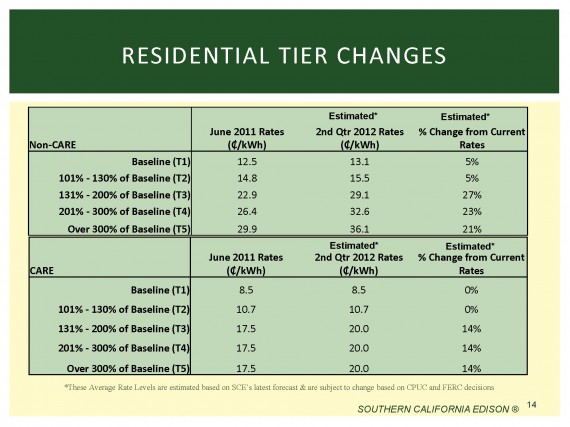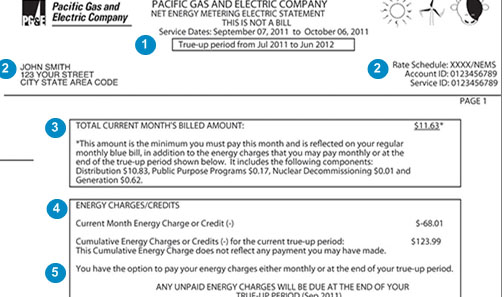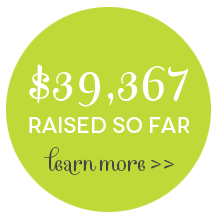NOT sponsored. We got solar on our house. We love it. I think it’s fascinating. The end.
For those of you familiar with my blog, you know that I’m a mom with four kids and definitely not an expert on much of anything. You also know that while my blog isn’t about any one thing in particular, I often share great finds, house projects, and deals.
And so it goes with solar power. I felt compelled to write up this series of posts because as I researched online, I found that most of the information published was from the solar companies themselves or discussion boards in short spurts and lots of clicking through topics. And in both cases, I walked away with more questions than answers. So I thought I’d lay it all out in plain people speak. Also, I honestly find the whole thing FASCINATING.
Solar Energy doesn’t mean you sit in a dark living room if it’s been an overcast day.
Sure, if you live way out and REALLY want to, you can live completely “off the grid”, but for the rest of us who don’t want to flip a switch and have nothing happen, the idea of solar power can be a little off putting. But the way it works is that YOU REMAIN A CUSTOMER OF YOUR LOCAL POWER COMPANY. Think of it as overdraft protection: your solar panels produce what they can, when they can…but let’s say it’s winter and there have been 10 rainy days in a row. Your solar system isn’t going to produce much power in that case, but your system will automatically swap over to pulling electricity from the power company. You don’t have to do a thing. No monitoring. No flipping a big red lever. It just happens. (Kinda like the way hybrid vehicles switch between gas and electric as needed. Only I’m sure totally different.) Maybe I’m not very smart, but I always wondered how that whole thing worked for winter months. #themoreyouknow
Same goes for Christmas lights.
Are you the kinda house that can be seen from space while celebrating the birth of baby Jesus swaddled in a manger? Same scenario works here: if you use more energy than your system produces in any given month…your electric company will provide anything you need above what your solar system can produce. Related: I apologize in advance, sweet neighbors. Andy’s delirious with excitement. I wish I was kidding.
Wait. So if I still have to use power from the Big Guys, why bother having solar?
AHA! Because what you may not realize (and I certainly didn’t), is that energy pricing is based on tiers. The less energy you use, the cheaper it is. If you take a closer look at your monthly bill (and seriously, who does that?), you will see that the great bulk of your bill is coming from the upper, more expensive tiers. When you have solar power, even when you DO have to buy from the power company, it will typically all come from Tier 1 since you are getting the vast majority of your power from your solar system…which provides you power at the absolute cheapest rate.
This is not my bill…I’m too lazy to go find one…but this is a good example of how the tier system works. You can see here that this home’s power starts out being charged at just 11 cents per Kwh…but very quickly escalates to 41 cents!!! And you can see how the bulk of the bill is made up of higher tiered charges. I would challenge you to find your electricity bill and see how you are faring under the tiering. (photo source)
Another thing I think we all know in the back of our minds, but don’t really think about, is that energy rates increase every. single. year. The national average says that electricity rates increase at 4% per YEAR. (Lucky us in California, the PG&E average over the last five years has been a whopping 14%!!!). So, let’s say you are ultra diligent and use the same exact amount of energy every year…you’ll still be spending more money for the same product year after year after year. No matter what you do, no matter how careful you are. Your bill will go up and up and up. The chart above shows that in 2012, energy rates for So Cal Edison went up as much as 27% for Tier 3! (source)
As an example, let’s say your energy bill is currently $150/month. Assuming a 7% increase every year…for the SAME AMOUNT of energy….your bill will be $450/month 30 years from now. FOR EXACTLY THE SAME AMOUNT OF ENERGY. It will creep up little by little and over the long haul be a heck of a lot more. (And that’s assuming 7%…not the 14% we’re seeing with PG&E…I just picked something in the middle to be fair.)
So in the end, solar affords you the benefits of being protected from steadily increasing rates AND you still have the peace of mind of being able to have plenty of electricity…at the cheapest rate offered. Win Win.
AND add to that…you might even get a check from the Power Company at the end of the year!
Alright, follow along for a sec okay? I’m going to use the numbers that we pay at PG&E. Obviously, your specific power company might be a little different, but let’s go with this for now.
The Power Company buys your extra solar energy. Let’s say it’s the middle of summer, you’re producing solar power like crazy, but you aren’t using all of it because you have your curtains wide open and you’re playing outside anyway. The Power Company will automatically divert any extra electricity and feed it to your neighbors (you’re welcome, Mrs. Smith!). BUT they can’t just take your power…THEY HAVE TO PAY YOU FOR IT. Yup, the Big Guy can use the extra stuff you produce, but they can’t have it for free.
Likewise, in the middle of winter, you might need to buy some power from them. Same deal. You scratch my back, I scratch yours kind of thing.
In addition, PG&E charges you $5/month to be a customer. So even if you never use a single drip of their product, they charge you $60/year (think of it as a checking account fee).
You will get a monthly statement from the company, but it will say THIS IS NOT A BILL. They call it net metering. They will keep track that in January you needed $4 from them…in February you bought $6…but in June they bought $5 from you…minus the $5 per month to hold an account, etc. However the numbers pan out at the end of a 12 month period is who owes who. So if you use more power than the system you designed for, you might owe the power company say, $50 at the end of a full year. OR, it is very common that you might even RECEIVE a check from THEM. Isn’t that a nice change? (The image above is an example of a net metering bill. It’s kinda hard to explain, but just think of it as a checkbook ledger. It looks like so far, this person is owed $123.99 from PG&E.) (Also, I just realized I would be a really lousy textbook writer. I cannot seem to explain this simple concept to save my life.) (Good thing I’m a blogger instead.) (womp, womp)
This is all great and green, but I can’t afford a $20,000 system. Even if there are tax incentives.
Tell me about it. But this is where it gets super interesting. We met with both of our local solar companies: Solar City and Sun Run. Back to back on the same day. We wanted to hear both pitches while it was fresh in our minds and make a fully informed decision. It was a long afternoon. But money doesn’t grow on trees around here, so we needed to understand if solar really was all it was cracked up to be…and if we could even afford it. Environmentally friendly or not.
Tomorrow I will explain the differences between purchasing a solar system and leasing a system. And why we chose the option we did.
For now, take a peek at your electricity bill and see how you are on the tiering system. It will change how you feel about solar. It will also probably tick you off. And make you run around your house like a crazy person turning off lights.
I’ve explained the differences between buying a solar system outright versus leasing a system (and why we chose what we did) in detail HERE.























I’m one of the pests from instagram that begged for this post. SO THANK YOU! We are planning to build a house in the next couple of years and if we could do this right off the bat, that would be awesome! I never knew leasing was even an option! Looking forward to that post!
I would TOTALLY do it off the bat. Honestly, my husband has researched and asked and all that, and there are really no downsides. It’s just different. AND SAVES YOU TONS. Seriously. Maybe I’ll carve out a bit this afternoon to get to the real meat and potatoes. It would just be too long for one post! :)
SO excited to hear real talk about this. I just paid PG&E today and noticed I was into the Tier 4 pricing this month… yikes! This is perfect timing and really making me think. Thanks so much!!!
Super excited for this series. We’ve talked about solar panels (we live in super foggy Daly City outside of SF), but have worried about all the dark days we have in the fog.
So glad you went solar with us and that you’re having a great experience! Hopefully you don’t mind if I share this with potential customers to show them how easy it is!
For the most part this is right on point, though PG&E from my experience (I work in the solar industry) hasn’t increased rates by 14% year over year. For our modeling we use 6%. Still the bill doubles every 12 years so locking in a fixed energy bill with solar is pretty sweet. Your checking account anology is a great way to explain solar. What I tell people is PG&E is like a charge card, you can use power whenever you want (swiping the card) and then at the end of the month you get a bill based on the amount of times you charged. With solar you get to add a net that captures the $$$ from the sun and deposited them into your solar savings account. When you need extra power you just use the credits from your savings account. At the end of the year everything should even out and you should pay close to zero for power (we typically offset 85-90% of your bill).